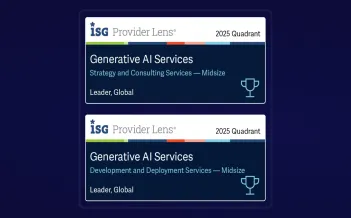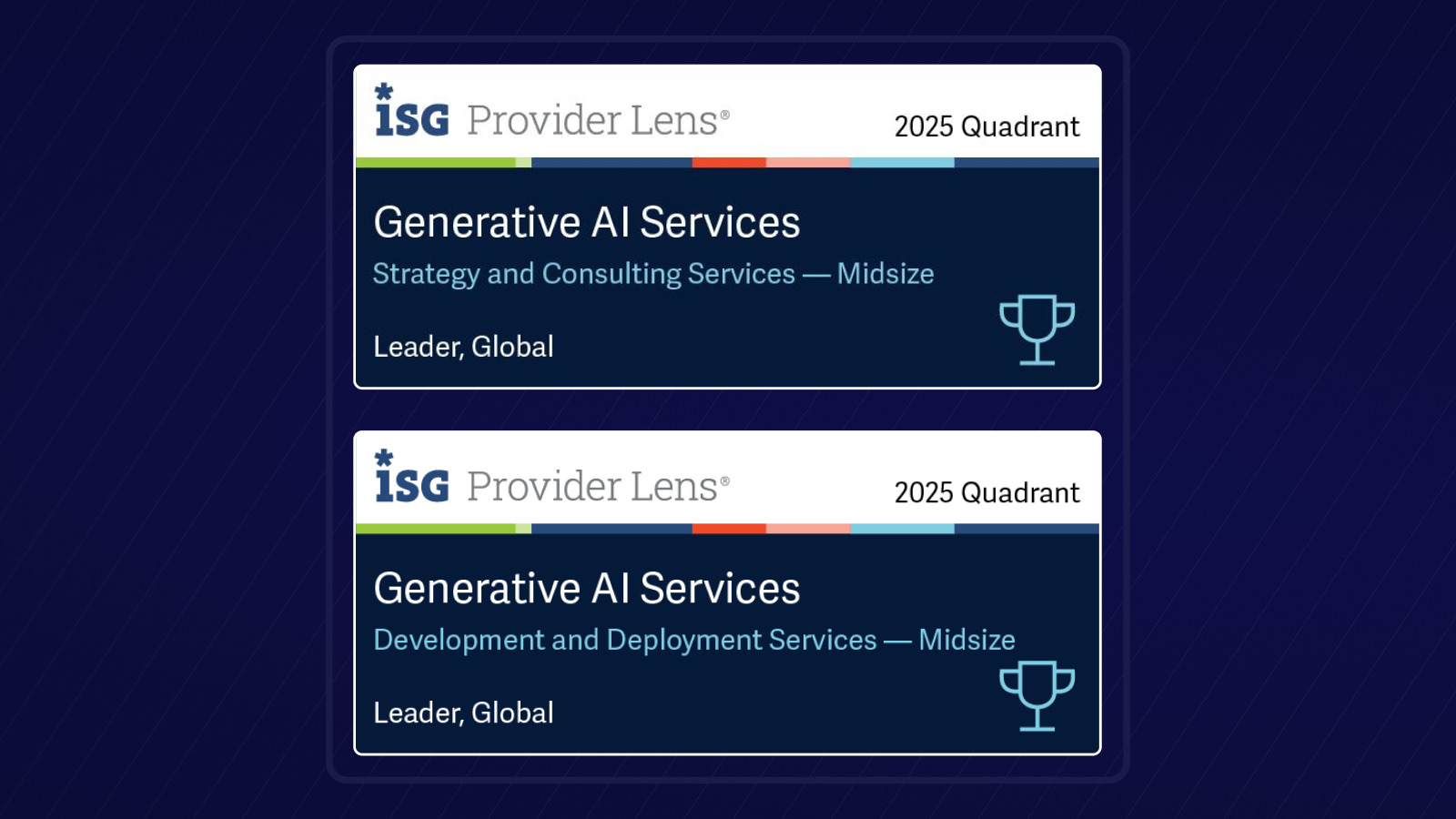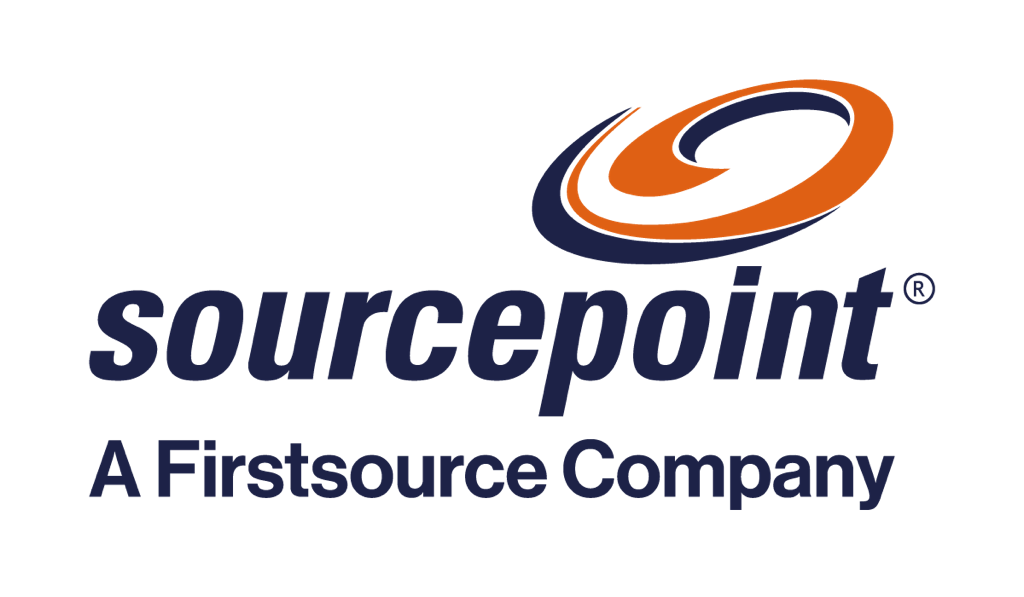As published in INDIA CHRO FORUM

Being member of the Advisory Council of the India CHRO Forum powered by Sodexo India and led by Paul Writer we have featured a short interview with Soma Pandey CHRO, Firstsource.
Leaders play a key role in shaping the future of any organization especially w.r.t. their human capital, what is your view on the same?
What Gallup summarized many decades ago, “people join companies but they leave their managers”, still holds very true and to my mind it tells us what makes leadership the most important factor in human capital management.
If you dissect this axiom – what does it mean to “join a company”? It means people join a brand. Who builds the brand? Leaders… they do so by defining the vision, setting the pace and creating Value which acts like a magnet for good talent… And what does it mean to “leave a manager”? It means employees feel disengaged with the boss and they leave… So who can ensure that people stay engaged and committed to continue to perform in the organization? It is again the leader/manager.
We are largely a services economy now, and people are our only differentiating assets. So, right from setting the right vision, to walking the talk in making the goals look achievable, getting their hands dirty, to being a good manager in terms of encouraging people to innovate and take risks, to being there for them when they fail, being quick to recognise accomplishments and being prompt in pointing out where they are going wrong so that they can make quick course corrections – it is the leaders who shape the present and the future of organizations.
What according to you are the key traits of a leader in an organization?
The very first trait of a leader is that the leader should be visionary. This means the leader should have the ability to foretell the future trends in the markets they operate in, they should have a clear understanding of synergy between their own market and adjacencies. In addition to this, they should have a very honest appreciation of what their organisation can and cannot accomplish given its strengths and weaknesses.
Once the vision is set, another key trait of a good leader is that they have Operational Excellence. They cannot just articulate a vision at the stratosphere level without having any idea of what is really going on at the operational level. So the ability to recognise and manipulate the levers they have to achieve what the organization needs to achieve, to keep a good track of operations and make the organisation more productive is essential.
From a people perspective—it is about being genuine and authentic. Leaders have to genuinely care about their people—they have to enable the success of their teams and celebrate them. Also, I don’t believe any leader can succeed if they project an image of being superhuman. Leaders have to bring their complete selves to the role—they have to let people relate to them with their weaknesses, their emotions, all of it so that they can really trust their leaders and be led by them.
And finally, as they say, culture can’t be built bottom up so leaders have a huge responsibility to build the right culture. Their values, beliefs, ways of problem solving and decision making, communicating and collaborating become embedded in the organization and set the road map for others to follow. So a good leader has to always be out there, visibly walking the talk, so that the entire organization aligns.
What measures can organizations take to find and develop leaders within their set-up?
This is always a very interesting question—whether to hire or to build leaders from within. I believe there is no set answer for this conundrum—one has to take a call depending on where the organisation is both from a lifecycle and a historical perspective—what is the path the organisation has taken to come to this place. Do we even have the right calibre on board or do we need to go out? What are the challenges facing the industry in general and the organisation in particular… All of these will drive the decisions on how to build the leadership strategy.
It’s definitely very encouraging for employees to see that they can rise to the highest level in the organisation and therefore there should definitely be some proportion of leadership succession which comes from internal pipeline
Having a strong talent review process, where managers are trained to spot talent and not just appraise performance, is key. Creating avenues for top talent to be exposed to leaders through special action learning projects in strategic areas as well as creating opportunities for informal interactions can expose leadership pipeline and nurture innovation. I do believe catching them young is important so that they can be given the learning exposure, interactions with leaders, mentoring/ coaching, cross functional / cross geography opportunities. And as I was saying earlier, leaders build the culture so it’s best to start building the desired behaviors early on.
What is your take on leaders and leadership w.r.t. Indian corporate world (challenges, opportunity, measures to improve etc)
The Indian corporate world has been changing quite rapidly, witnessing rapid cycles of boom and recessions (especially in the IT/ ITES sector). I believe, through these cycles we are coming of age and maturing as far as leadership talent is concerned.
During the boom year, the industry grew overnight and many of us, in our early stages of career, were catapulted to Managerial or Leadership positions. As a result, my honest opinion is that not everybody who has the position has the skills or traits. This is compounded by the fact, that culturally we are not good at sharing healthy constructive feedback – thus impairing the chances of development of people.
However, this is changing now and one hears of many progressive talent and leadership development programs which are grooming leaders. The kind of leaders we need to develop are the ones who have a strong ability to deal with ambiguity and keep moving forward. Nobody has all the answers though our access to information has increased manifold. So being able to sift through information overload or take decisions in absence of complete information is absolutely essential. And that calls for leadership agility, the likes of which we have never had to display before.
The other challenge for leaders today is to be inclusive, not because it is fashionable but to be inclusive in true sense by taking people along. Command and control style of leadership is extinct in this connected world, it’s the ability to include, influence and take people along that will help leaders as they navigate through a VUCA world.










